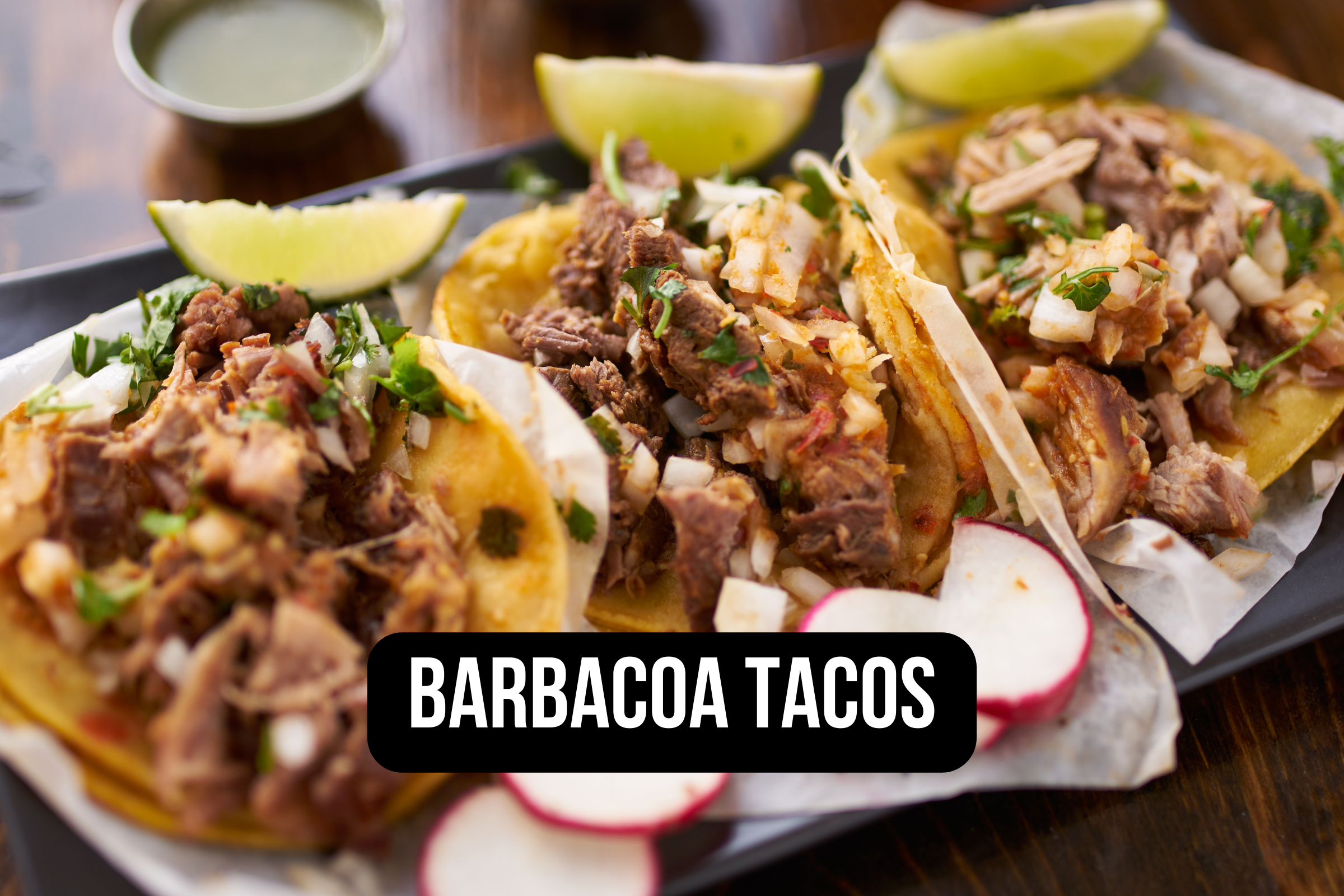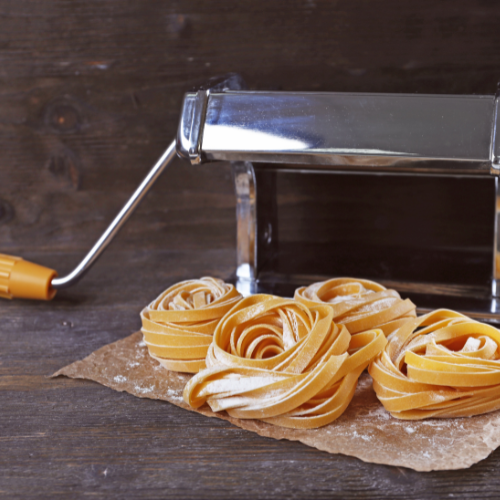Ultimate Bibimbap Guide: A Flavorful Korean Delight

INTRODUCTION
Bibimbap, a traditional Korean dish known for its vibrant colors, diverse flavors, and healthy ingredients, has captured the hearts and taste buds of food enthusiasts worldwide. In this comprehensive guide, we'll explore the art of making Bibimbap, from the classic recipe to some creative variations. Along the way, we'll also delve into the nutritional value of this delectable Korean favorite.
Want to know more about Bibimbap - Click here
Classic Bibimbap Recipe
Ingredients:
2 cups of short-grain white rice
1 pound of lean beef (ribeye or sirloin), thinly sliced
4 cups of assorted vegetables (spinach, carrots, zucchini, bean sprouts, mushrooms)
4 eggs
4 tablespoons of vegetable oil
4 cloves of garlic, minced
4 tablespoons of soy sauce
2 tablespoons of sesame oil
2 tablespoons of sugar
2 tablespoons of Gochujang (Korean red chili paste)
Salt and pepper to taste
Toasted sesame seeds for garnish
Kimchi (optional, for serving)
Instructions:
Rice:
Rinse the rice under cold water until the water runs clear. Cook the rice according to the package instructions or use a rice cooker for the perfect texture.
Beef:
In a bowl, combine the minced garlic, soy sauce, sesame oil, sugar, and black pepper. Add the sliced beef and marinate for at least 30 minutes.
Heat a skillet over medium-high heat and add a tablespoon of vegetable oil. Cook the marinated beef until it's browned and cooked through. Set it aside.
Vegetables:
Blanch each type of vegetable separately in boiling water for 1-2 minutes, then immediately plunge them into ice water to retain their vibrant colors and crispness.
Squeeze excess water from the spinach and bean sprouts. Season with a pinch of salt and a drizzle of sesame oil.
Julienne the carrots and zucchini. Sauté them in a bit of vegetable oil until slightly softened. Season with salt and pepper.
Eggs:
Fry the eggs sunny-side up or over-easy. Keep the yolks runny for that perfect Bibimbap experience.
Gochujang Sauce:
Mix Gochujang with a bit of water to create a sauce with your desired level of spiciness.
Assembly:
In a deep bowl, place a generous portion of cooked rice as the base.
Arrange small piles of each prepared vegetable and the cooked beef in a circular fashion on top of the rice.
Place the fried egg in the center.
Drizzle Gochujang sauce over the top and sprinkle with sesame seeds.
Serve with a side of kimchi for that extra punch of flavor.
Variations:
1. Vegetarian Bibimbap:
Replace the beef with tofu or tempeh and use vegetable broth instead of beef broth for cooking the rice. Experiment with your favorite vegetables like sautéed spinach, shiitake mushrooms, or shredded cabbage.
2. Seafood Bibimbap:
Substitute beef with a mix of sautéed shrimp, squid, and scallops. Add a touch of fish sauce to the Gochujang sauce for an extra layer of umami.
3. Vegan Bibimbap:
Omit the meat and eggs entirely and rely on marinated tofu or tempeh as your protein source. Use a vegan-friendly Gochujang sauce without any fish ingredients.
Nutritional Value:
Bibimbap is not only a feast for your taste buds but also a nutritious meal:
Carbohydrates: Rice provides energy and fiber.
Protein: Lean beef, tofu, or tempeh supply protein for muscle maintenance.
Vegetables: An assortment of colorful veggies offers vitamins, minerals, and antioxidants.
Healthy Fats: Sesame oil and seeds provide heart-healthy fats.
Spices: Gochujang adds a spicy kick while potentially boosting metabolism.
Fermented Foods: Kimchi supports gut health.
Remember, Bibimbap can be customized to suit various dietary preferences, making it a versatile and nutritious meal option. Enjoy experimenting with different ingredients and flavors while savoring this Korean delight!


























































Patio Grill Station